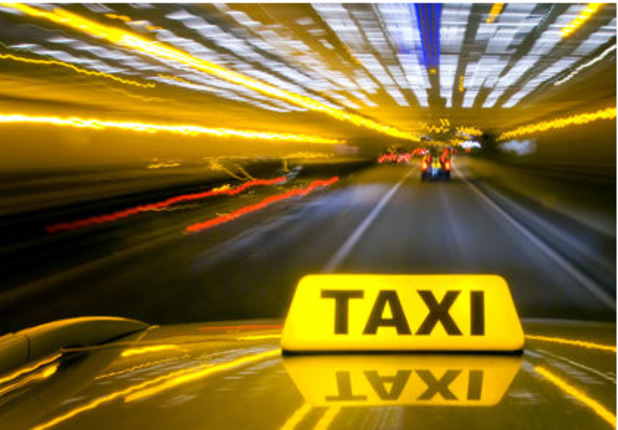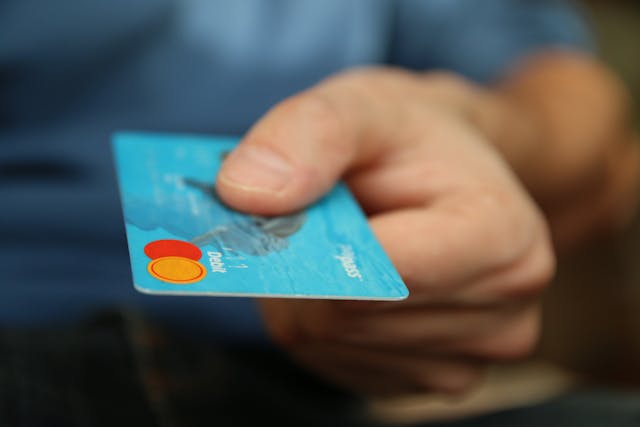Taxi Expenses – Taxi Driver Accounts: Tips to Save Money

Taxi Expenses. Taxi drivers are required to submit self-assessment tax returns each year, along with any other self-employed business. The final date for submission of these accounts to enable tax authorities to calculate the tax payable is 30th September, while the final date for filing rent or tax returns is 31st January. The penalty for not meeting the deadline is 100 pounds.
Creating a taxi driver account with taxi receipt template form is as simple as collecting all taxi receipts and expenses together, handing them over to your accountant who will create your self-assessment tax return and charge you anywhere from 150 to 450 pounds. Taxing, I tell you. Accounts for taxi drivers do not have to be so burdensome. Whether it is preparing your tax return or accounting for taxi drivers, get started.
In order to assist taxi drivers in completing their self-assessment tax returns as well as preparing their accounts, these notes are being provided.
Taxi Expenses related to transportation
For the first 10,000 miles, a taxi driver can claim 40p for mileage reimbursement and 25p for additional miles. Mileage allowance and running costs are not refundable. Make sure you keep good documentation of how far you traveled and why you took the trip.
Allowances for taxicabs
If you purchased a car in 2007-08 and used it as a taxi; you can write down 3,000 pounds of the cost of the car as a first-year write-down tax allowance. You can claim 25% of the balance on a vehicle that was purchased in a previous tax year. Each year, many taxis are bought and sold, and when a taxi is sold; the capital tax allowance is reached by subtracting the tax basis value from the sale proceeds. This year’s first-year allowance on non-vehicle assets is 50% for small businesses.
Buy-to-let Taxi Expenses
Interest and other charges on the vehicle are considered business expenses and are entered in box 3.61 of your self-assessment tax return.
Running costs for taxis
If a taxi driver is completing his/her own self-assessment tax return; fuel costs should be entered in box 3.46 rather than drive-related expenses. During an inspection of this tax return; an inspector would check whether fuel receipts for the taxi driver’s vacation period have been included.
Also, In a system base on trust, not many tax returns are enquiring about; but taxi drivers must ensure that their accounts do not contain fundamental tax fiddles. In addition to repairs, servicing, parts, and road taxes, taxi insurance is another operating expense. In general administrative expenses should include the costs of hiring a taxi and radios.
Inexpensive household items
A proportion of your household expenses can claim as taxi business expenses if your taxi business operates from home. If your taxi business occupies a distinct area of your home, you may not be able to claim household expenses. Taxi drivers cannot claim household expenses on their taxi accounts if they only use part of a room part-time.
The cost of a spouse
The expenses you claim for partners who work for your taxi company are not taxable or liable to national insurance. Any payments claimed for taxi drivers however must be real payment for real work. Revenue adopts a strict view of taxi expenses for partner work; as it is an area some taxpayers will use to reduce their tax obligations. Partner expenses need to be justified carefully.
Additional Taxi Expenses
The self-assessment tax return should contain a named expense box for each business expense. Any amount in box 3.63 Other Expenses that is significant may lead to an inquiry; by the Revenue into the self-assessment tax return.
To ensure that a taxi driver’s tax bill is as low as possible; it is essential to meticulously maintain records of all taxi receipts and expenses as well as mileage covered; which allows them to compare taxi running costs and mileage allowances and decide on the most tax-efficient option.
It is common for mileage allowances and taxi running costs to change during a financial year. For taxicabs that cost more than 3,000 pounds; the capital allowance of 3,000 pounds will typically be greater than the mileage allowance; although if the taxicab is of low value; the mileage allowance might be best and can help you save money on taxes. Also, With the best taxi accounting software, you can automatically compare taxi mileage allowances with taxi running costs; eliminating the taxi accountants’ work.

